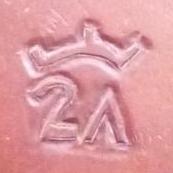
Care and feeding of Rough Out leather
By
2Hill, in Dyes, Antiques, Stains, Glues, Waxes, Finishes and Conditioners.

By
2Hill, in Dyes, Antiques, Stains, Glues, Waxes, Finishes and Conditioners.